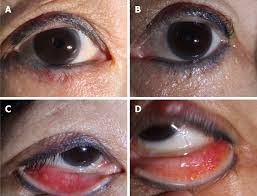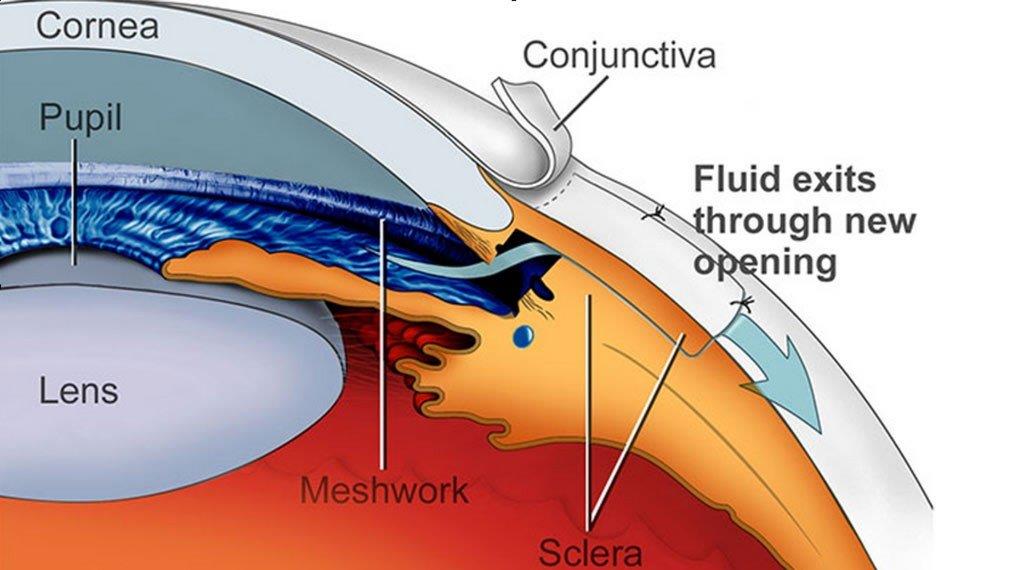Understanding Yazmosrolemia: Causes, Symptoms, and Emerging Treatments
What is Yazmosrolemia?
Yazmosrolemia is an emerging medical condition characterized by a rare but complex interaction between the immune system and metabolic processes. While still under active research, Yazmosrolemia has begun gaining attention in both the scientific and medical communities due to its elusive symptoms and potentially widespread impact if left undiagnosed.
The Origins and Recognition of Yazmosrolemia
The term “Yazmosrolemia” was first introduced in early medical journals to describe a syndrome marked by fluctuating energy levels, chronic inflammation, and a unique biochemical marker found in patients exhibiting systemic dysfunction. Although it is not yet officially listed in global medical databases, clinicians are increasingly noting a pattern of related symptoms that point to Yazmosrolemia as a distinct condition.
Common Symptoms of Yazmosrolemia
Due to its complex nature, Yazmosrolemia presents a wide range of symptoms that often mimic other disorders. The most commonly reported symptoms include:
-
Persistent fatigue not relieved by rest
-
Joint stiffness and muscle aches
-
Brain fog or difficulty concentrating
-
Fluctuating body temperature
-
Unexplained digestive discomfort
These symptoms may occur intermittently, making Yazmosrolemia difficult to diagnose through traditional testing methods alone.

Possible Causes and Risk Factors
The exact cause of Yazmosrolemia remains unclear, but researchers suggest a combination of genetic predisposition, environmental stressors, and autoimmune response. Some risk factors currently under study include:
-
Family history of autoimmune diseases
-
High exposure to pollutants or toxic chemicals
-
Chronic stress or trauma
-
Nutritional deficiencies, especially in B vitamins and magnesium
-
Gut microbiome imbalance
Understanding these risk factors is crucial for early detection and prevention strategies.
Diagnosis and Challenges
Because Yazmosrolemia is still emerging in clinical awareness, diagnosis is primarily based on symptom tracking and exclusion of other conditions. Specialists often recommend a combination of blood panels, metabolic tests, and functional assessments. However, the lack of a universal diagnostic protocol means that many patients face delays in receiving a proper diagnosis.
Emerging Treatments and Management
While there is no known cure for Yazmosrolemia, holistic management strategies are showing promise. These include:
-
Anti-inflammatory diets rich in omega-3s and antioxidants
-
Low-impact exercise routines like yoga or tai chi
-
Adaptogenic herbs such as ashwagandha and rhodiola
-
Personalized vitamin supplementation
-
Stress reduction techniques like mindfulness and cognitive therapy
Medical professionals are also exploring targeted therapies based on immune modulation, though these remain in early clinical trials.
Living with Yazmosrolemia
For those diagnosed with Yazmosrolemia, lifestyle adaptation is key. Creating a balanced routine, maintaining supportive social connections, and working with a knowledgeable healthcare provider can significantly improve quality of life. Patient communities and support groups are also beginning to form online, providing shared experiences and emotional support.
Conclusion
Yazmosrolemia may still be on the frontier of medical understanding, but awareness is growing. By continuing to research its origins, symptoms, and treatment options, the medical community can offer hope and clarity to those affected. As recognition increases, so too will the resources available for managing this complex and often misunderstood condition.







Leave a Reply